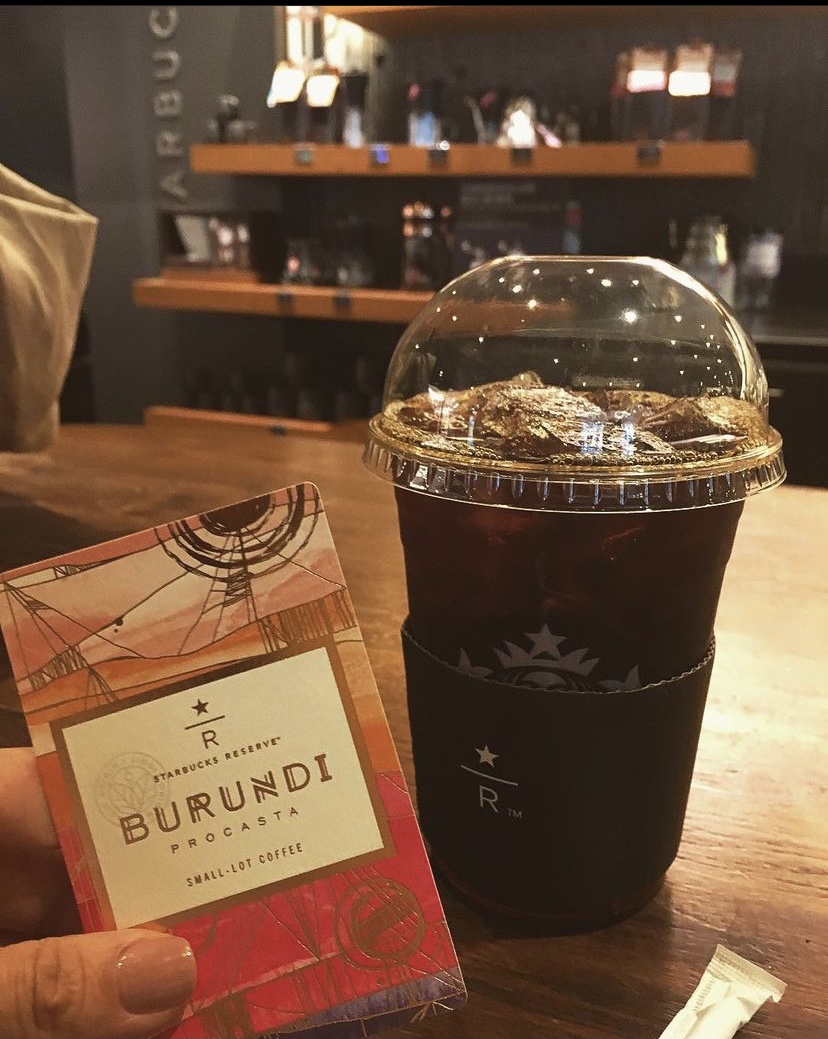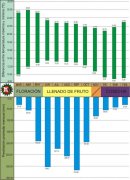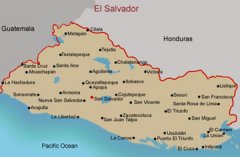The Historical Development of Burundian Coffee Bean Industry the Progress of Coffee Farmers and the Story of Excellence Cup
The competition will increase fame for a short time and bring about a new wave and rapid development and progress in the industry. No, in addition to the spiritual impact, there are substantial economic changes. For example, the excellent Cup held in Burundi in 2012 not only changed the fate of award-winning farmers, but also enhanced the status of Burundian coffee in the world. This has been a common practice since the first Outstanding Cup was held in 1999. For example, in Costa Rica in 2007, Rwanda in 2008, Mexico in 2012, and even Peru in 2017, international bean hunters can be seen chasing award-winning estates (or washing stations), setting off the country's boutique coffee craze. In Burundi, the search for beans depends on the list of winners and the quality reputation of the processing field.

The farmer's rescue place is often close to the co-residence. In areas with high density, there will be 50 Montoriums per square kilometer, which is very crowded. The advantage is that the whole country is small and can travel quickly. Less than an hour after leaving the capital, I entered the mountain area and headed north into the mountain area. The road could drive Cajansa directly, but first I would pass through Teanza, a famous tea-producing area in the central part of the country. Tea trees were planted in Burundi as early as the 1930s, and farmers understand that the quality of tea produced in high mountains is much better than that in low-altitude areas, and the World Bank believes that Burundian coffee is more competitive and can benefit more farmers. The high-altitude provinces of Burundi have gradually added people to the ranks of planting and processing coffee.

When tea pickers go to coffee farmers and pass through tea-producing areas to reach an altitude of about 2000 meters, the air becomes more awe-inspiring and fresh. The car went out of the suburbs and kept rising along the road, rising from 900m to 2500 m above sea level, and then descending slightly to the Heitao village water washing station where we were going to visit, which was still 1800 m above sea level. Heitao Village is located in the central province, formerly known as Buxi Kaila Village (Busekera Vallege), located in Murunya Province. The village is famous for its rich, clayey black soil. Before coffee became popular, residents of Buxikaila village mainly earned from picking tea or making handmade products, such as pottery pots or wooden utensils (mostly kitchen utensils), and planted crops mainly for their own use. Buxi Kaila is nicknamed Black Pottery Village because of its rich black clay and pottery made by villagers. After the popularity of coffee cultivation, the washing station found that international buyers praised the coffee of Heitao Village and neighboring farmers, so Heitao Village became the representative stronghold of coffee in the area. Heitao Village, which used to be the source of labor in tea-producing areas, now grows its own coffee, which can be said to have witnessed the development of the coffee industry in Burundi.
Important Notice :
前街咖啡 FrontStreet Coffee has moved to new addredd:
FrontStreet Coffee Address: 315,Donghua East Road,GuangZhou
Tel:020 38364473
- Prev

Geographical environment of Honduran coffee producing area in Central and South America cup test of Honduran coffee bean varieties
Honduran coffee has an excellent flavor. Caf de Honduras is synonymous with its people, traditions and living in harmony with the environment. Coffee production is a way of life for more than 100000 families who benefit from the production of this agricultural product. The vast majority of coffee produced in Honduras comes from 210 of the country's 298 municipalities and 15 of the 18 provinces.
- Next

Advantages of growing Coffee in El Salvador International Coffee Trade Export Volume and Development Strategy
When it comes to El Salvador, no one must have any impression. What is the story behind such a mediocre and even some backward country with excellent coffee beans? Today, let's go to Li, oh, Sister. The Republic of Wadow is located in Central America, opposite Guardia and Honduras in the north, and the Pacific coast is bounded by the west and south. Yes
Related
- Detailed explanation of Jadeite planting Land in Panamanian Jadeite Manor introduction to the grading system of Jadeite competitive bidding, Red bid, Green bid and Rose Summer
- Story of Coffee planting in Brenka region of Costa Rica Stonehenge Manor anaerobic heavy honey treatment of flavor mouth
- What's on the barrel of Blue Mountain Coffee beans?
- Can American coffee also pull flowers? How to use hot American style to pull out a good-looking pattern?
- Can you make a cold extract with coffee beans? What is the right proportion for cold-extracted coffee formula?
- Indonesian PWN Gold Mandrine Coffee Origin Features Flavor How to Chong? Mandolin coffee is American.
- A brief introduction to the flavor characteristics of Brazilian yellow bourbon coffee beans
- What is the effect of different water quality on the flavor of cold-extracted coffee? What kind of water is best for brewing coffee?
- Why do you think of Rose Summer whenever you mention Panamanian coffee?
- Introduction to the characteristics of authentic blue mountain coffee bean producing areas? What is the CIB Coffee Authority in Jamaica?

